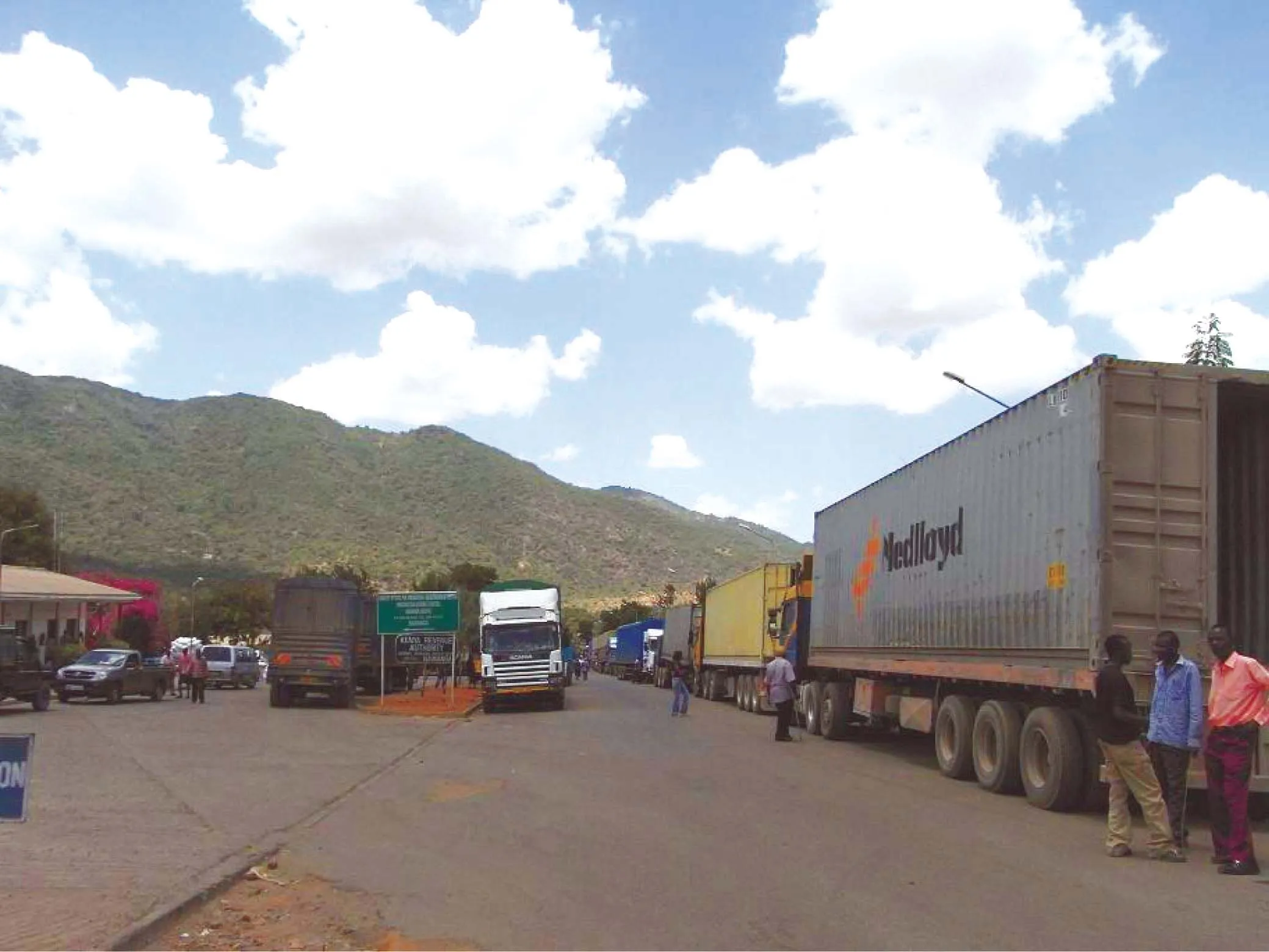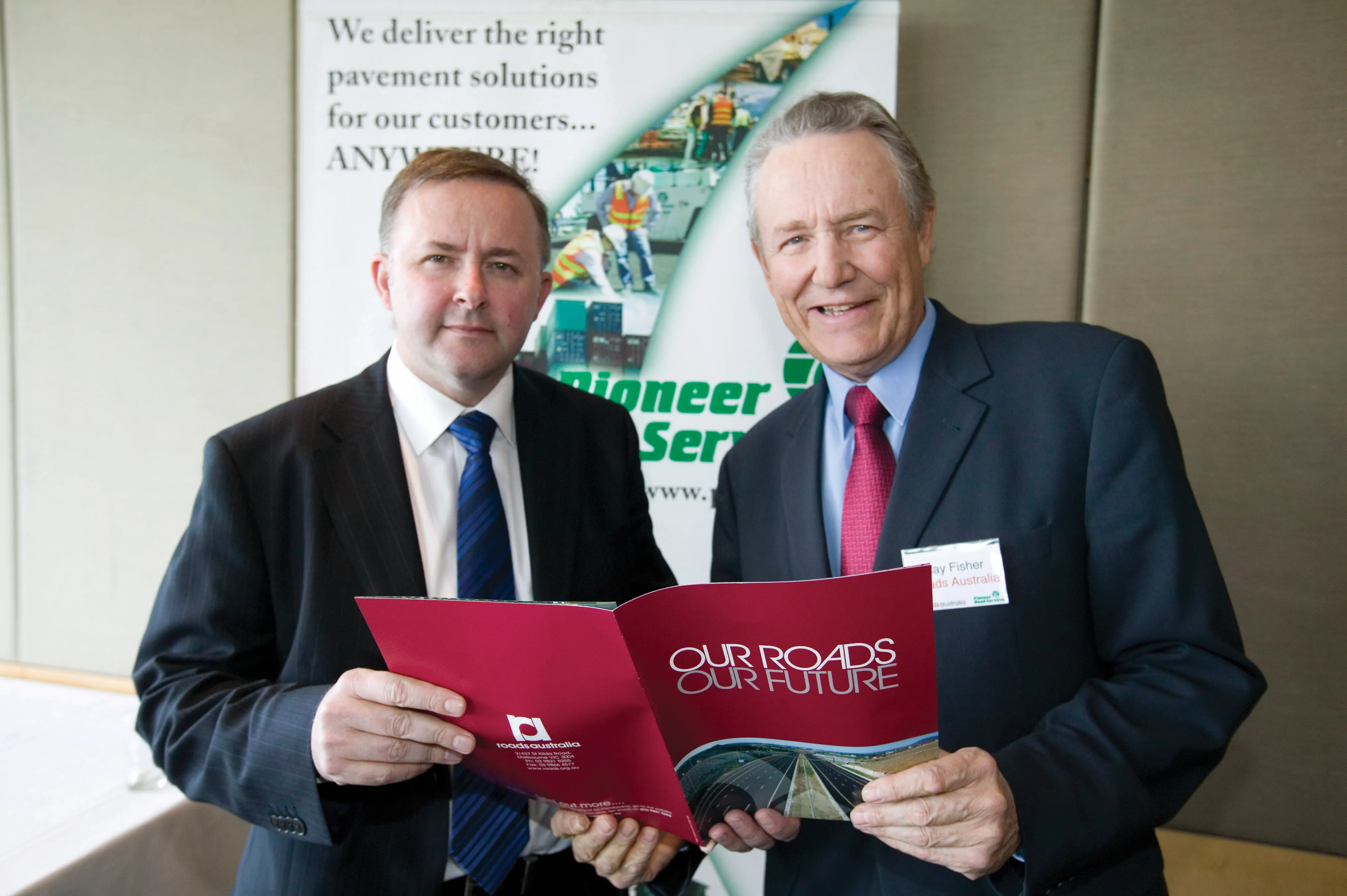Peru’s capital Lima faces a huge US$50 billion gap in its highways and other infrastructure, according to an official from the Lima metropolitan municipality (MML).
"According to the studies that we have carried out, Lima needs to invest US$50bn in infrastructure to ensure growth and to continue to attract investments," Arturo Delgado, MML's urban project advisor, was quoted as saying by local daily La República.
Delgado stressed in the same article that investments should go towards constructing new road
June 23, 2014
Read time: 2 mins
Peru’s capital Lima faces a huge US$50 billion gap in its highways and other infrastructure, according to an official from the Lima metropolitan municipality (MML).
"According to the studies that we have carried out, Lima needs to invest US$50bn in infrastructure to ensure growth and to continue to attract investments," Arturo Delgado, MML's urban project advisor, was quoted as saying by local daily La República.
Delgado stressed in the same article that investments should go towards constructing new roads and highways, as well as repairing those in poor condition.
Currently MML has 246 urban development projects in its portfolio, to be completed by 2035.
One of Lima's biggest infrastructure initiatives is the metro project, which when completed will include six lines with over 130km of underground tunnels.
Other projects include the Costa Verde highway to connect Lima with neighbouring Callao.
"According to the studies that we have carried out, Lima needs to invest US$50bn in infrastructure to ensure growth and to continue to attract investments," Arturo Delgado, MML's urban project advisor, was quoted as saying by local daily La República.
Delgado stressed in the same article that investments should go towards constructing new roads and highways, as well as repairing those in poor condition.
Currently MML has 246 urban development projects in its portfolio, to be completed by 2035.
One of Lima's biggest infrastructure initiatives is the metro project, which when completed will include six lines with over 130km of underground tunnels.
Other projects include the Costa Verde highway to connect Lima with neighbouring Callao.








